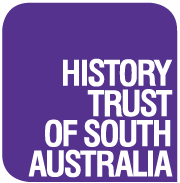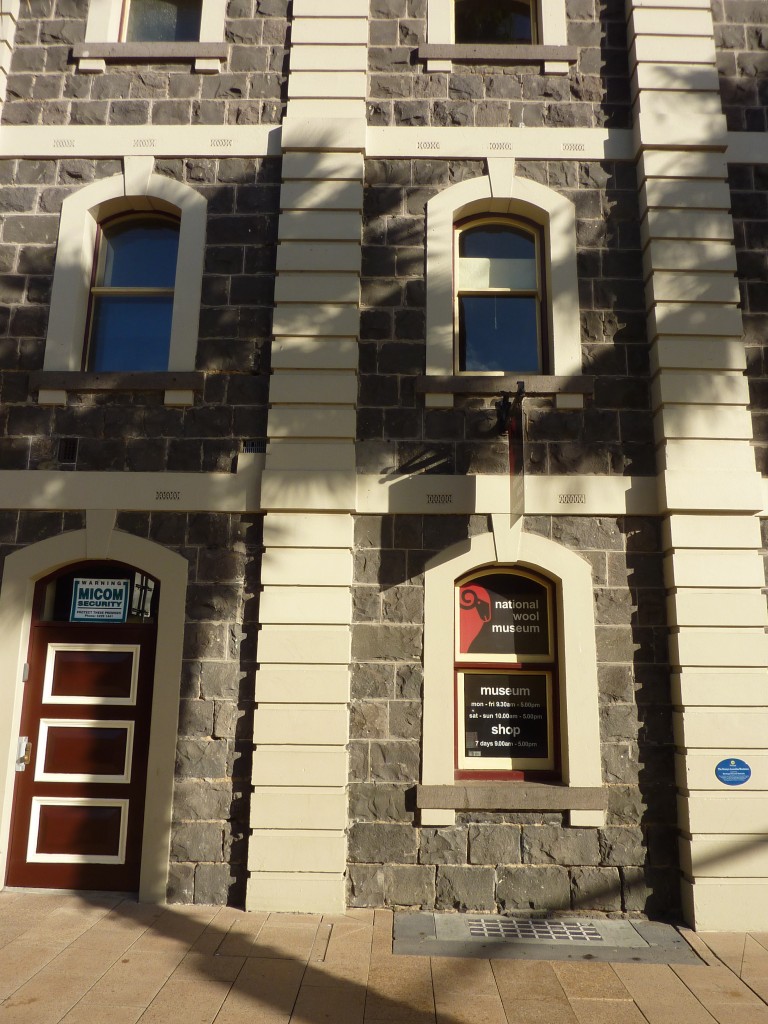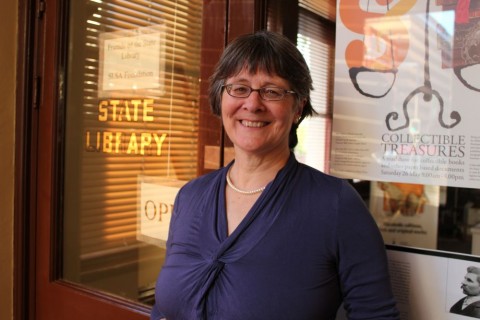Last week I was lucky to attend the second annual Museums Australia Victoria branch conference, held at the National Wool Museum in Geelong. I was most interested to see the museum, given that the theme is similar to the Sheep’s Back Museum at Naracoorte. The museum is divided into two main exhibition sections – one about wool production and the other about transforming wool into fabric. The centrepiece of the displays was a huge loom on which the museum produces a specially-designed rug for sale – a unique fundraiser.
I enjoyed hearing a range of speakers exploring the conference theme Reinventing Museums: Collaborate, Innovate & Transform and getting perspectives from small and larger institutions, some with substantial paid staff and some with none. But it was especially interesting talking with lots of people from a huge variety of museums over lunch and morning tea, including from the Civil Aviation Historical Society, Telstra Museum in Melbourne, Yarra Ranges Museum and the Pioneers Settlement Museum at Swan Hill. And I got to catch up with Liz and Monica from Museums Australia Victoria who run the Museums Accreditation Program (MAP) in Victoria, a similar program to History SA’s Community Museums Program (CMP). In an interesting conference session featuring four museums that are in the Victorian MAP I heard about community engagement initiatives at the Coal Creek Community Park & Museum, how the Surfworld Museum is tapping into the younger museum-going market by presenting topics and collections that resonate with their target age group, the incredible musical collection of the Victorian Jazz Archive, and a disaster preparedness story from the Flagstaff Hill Maritime Museum. The latter museum suffered a disaster about a year ago when their historic newspaper office burnt down and much of the printing collection was lost. Fortunately they had a disaster plan! South Australia played a part in the re-establishment of the collection with some replacement typeface acquired from the Mallee Tourist and Heritage Centre, Pinnaroo.





Recent Comments